Web3, symbols and community
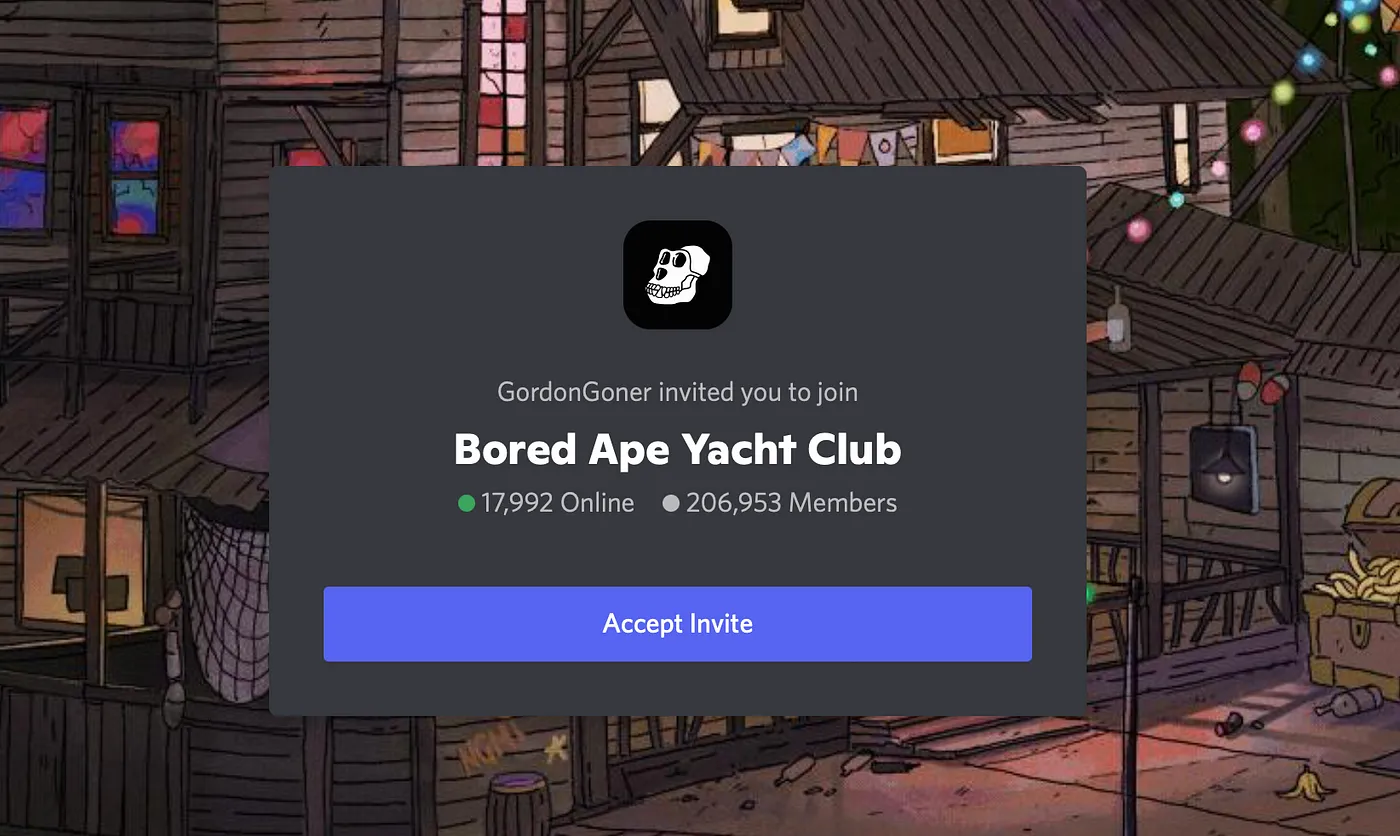
This blog post discusses the importance of strong communities in the Web 3.0 space, the role of decentralization, and how voting frameworks based on smart contracts can empower users.
If you have been paying attention to the Web 3.0 space, you should have realized that most of the projects in the space rely on strong communities.
Why on Web 3.0?
On a centralized concept (Web 2), there is usually a regulatory entity that decides whether something is True or False on a project/product. This means that there’s a single centralized company responsible for making a decision and users must trust that this entity is acting on their best interests.
Furthermore, the users do not stand to win anything whether the decision is True or False. They may identify more with one of the outcomes, but there is no personal incentive to the user. Even if a user can relate with the outcomes they never feel a sense of belonging, as deep down they are aware that their opinion is not being taken into account.
On a decentralized concept (Web 3), the story is the very different. A decentralized community is responsible for deciding the True or False, based on a voting framework defined a-priori. This means that the group of users, based on smart contracts executed on the blockchain, can vote on a particular decision. This is where the importance of a strong community kicks in.
On Web 2 the users must trust that such entity is acting on user’s best interests. That trust, on Web 3, occurs in form of a strong community. The best way for a user to trust the decisions of a group of people is to know that a group shares the same values and has incentives towards the success of the same project/product.
In fact, I believe that in general when these votes occur, the more unanimous the decisions are, the stronger the community is.
NOTE: Although Web 3 communities are stronger than Web 2 ones, I believe that when something goes wrong the Web 3 communities break faster as they don’t have a common enemy due to the decentralized concept (e.g. LUNA debacle). On the other hand, Web 2 communities can “hold” onto the fact that their common enemy is now the entity that they trusted to act on their best interests (e.g. Robinhood vs wallstreetbets).
Why build strong communities?
The Web 3.0 concept doesn’t only benefit from strong communities but is built on top of it. For worldwide adoption in products/projects/companies the space need strong communities.
Why does money have value? Because people believe that they will be able to exchange it for goods/services in the future. Why do people believe that? Because they trust the entity that is managing such currency.
Analogously, for a digital asset to have value, people need to believe that they will be able to exchange it for goods/services in the future. Since there is no entity to trust, people need to believe that the community will believe that a certain digital asset has value. This belief exists because there are incentives (usually financial or status) for its members.
Once this happens we enter into the law of supply and demand where the value of digital asset goes up as there is either less supply or more demand.
These communities can easily be found on CT or Discord/Telegram servers.
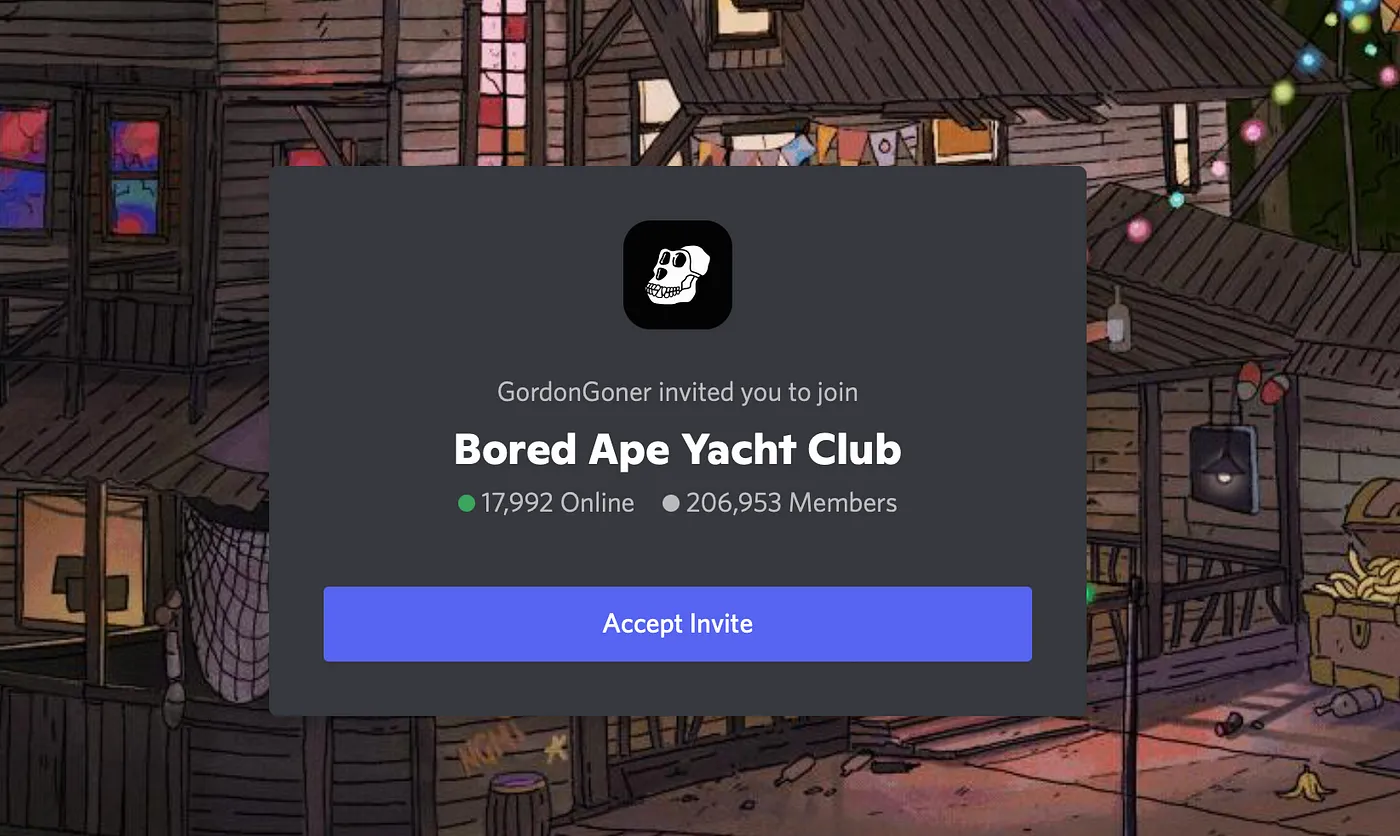
How are strong communities created?
If we learn from history, we see that the most loyal and bigger communities always recurred at symbology to achieve such, some examples: sports clubs, religion, countries, clans, societies, …
The truth is that we humans constantly seek this sense of belonging (or are afraid of being alone). When we see multiple people on social media utilizing the same symbols to represent their beliefs, we want to be part of that group, of that community.
This can be seen over and over again on Web3, particularly in CT:
- Changing the eyes’ color of your twitter’s pfp which represents being bullish on crypto (usually red for BTC and blue for ETH)
- Emojis after the username
- Utilizing the NFT you acquired from a collection that you believe in
- Adding a “.eth” at the end of the username
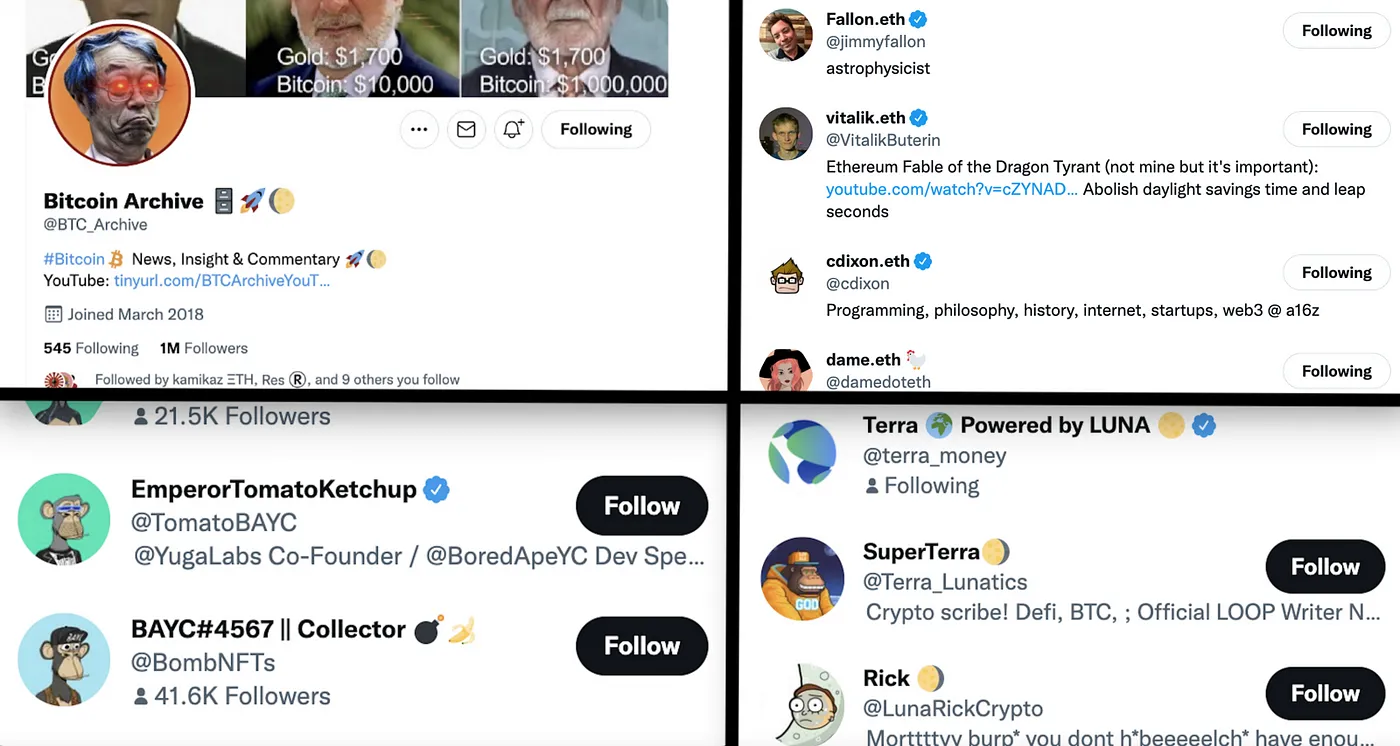
Why does this matter?
Companies outside of the Web 3.0 space will start picking up on this to build stronger communities and have a stronger identity (e.g. Notion and their employees pfp on social media). This is even more relevant for open source companies (Web 2.5 if you will), which rely on their communities to build a successful company (e.g. Hugging Face 🤗 ).
I believe that companies will start thinking about the emojis that their community can use while coming up with the name of the brand and logo.
As for OpenBB, we are a fintech open source company that focuses on providing better investment research for everyone, anywhere. The finance sector we are in is composed of multiple players that have been on the top of the industry for decades. We come in with a radical different approach, bottom-up.
Being open source for us is not a choice but a need if we are to disrupt traditional investment research platforms with years of head start.
Once we knew that we wanted the logo to be extracted from the “BB”, it was immediate that the butterfly emoji (🦋) would be used. Furthermore, a butterfly is a metaphor for transformation, which in our context, represents OpenBB Terminal allowing each investor to evolve and finally fly (i.e. achieve financial freedom).
In order for our users to start relating to the butterfly emoji (🦋) with our brand we have several cues:
- On the landing page
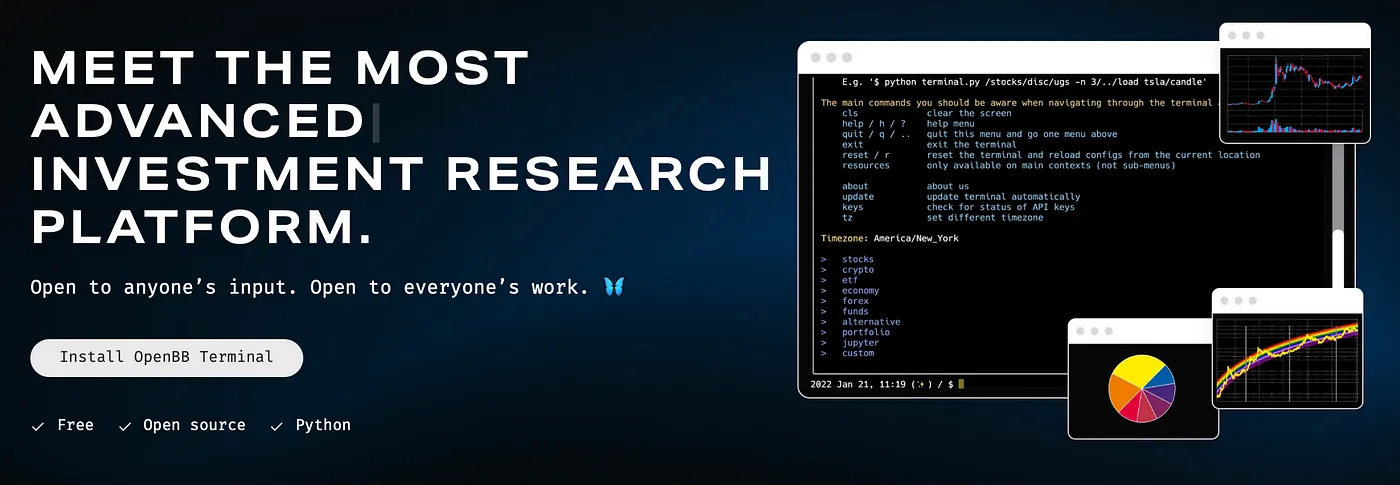
- Official social media channels
- Our team members use it in their socials

- On the OpenBB Terminal as the default flair,

And even to replace the asterisk (*) when inserting the password to enter our OpenBB Bot platform, because details matter.
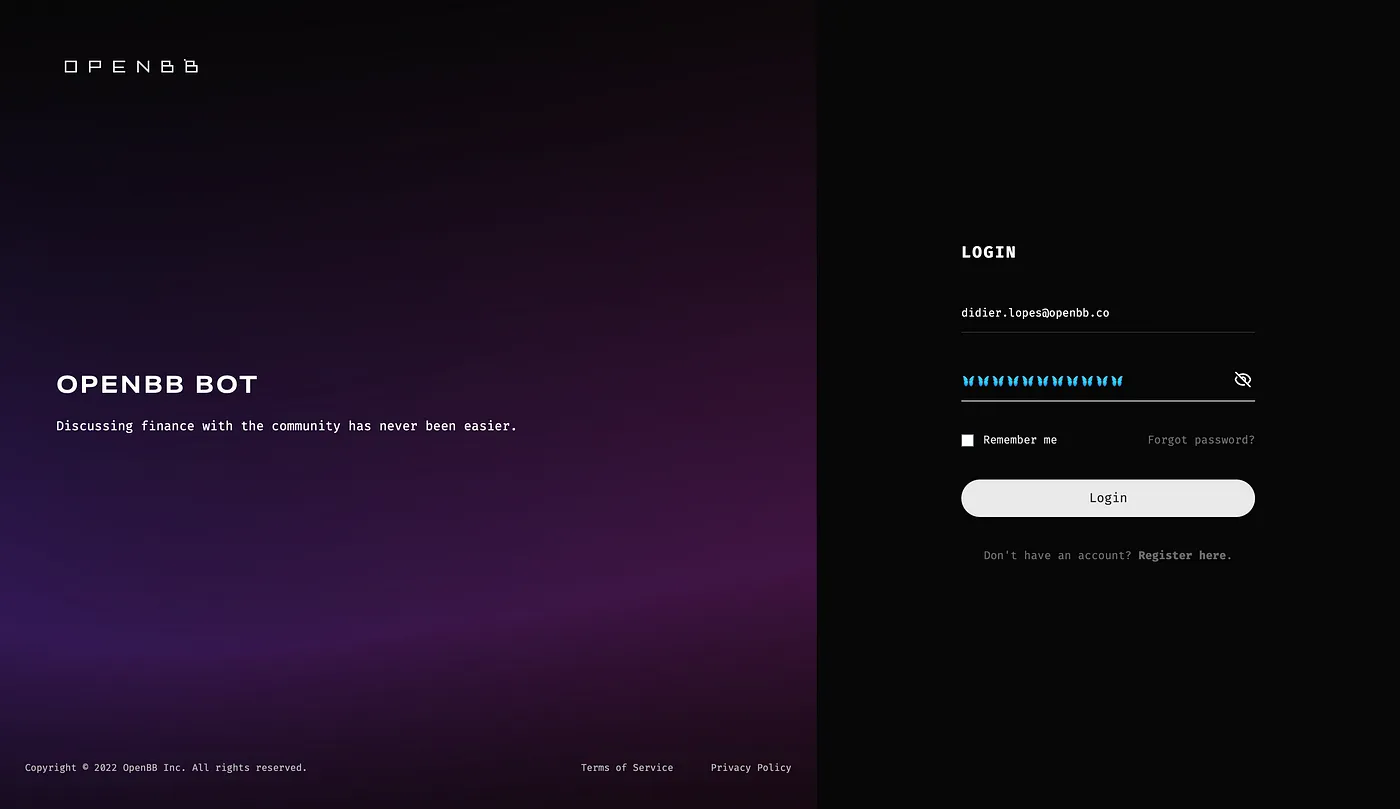
And that is what we are doing at OpenBB to build a stronger community? Do you have any other tips/tricks? Feel free to share them!
Hope you enjoyed this post and as always, am looking to hear feedback!
PS: I’d like to take this chance to say that our OpenBB Bot launch will occur in the coming weeks, you won’t have to wait much longer 🦋